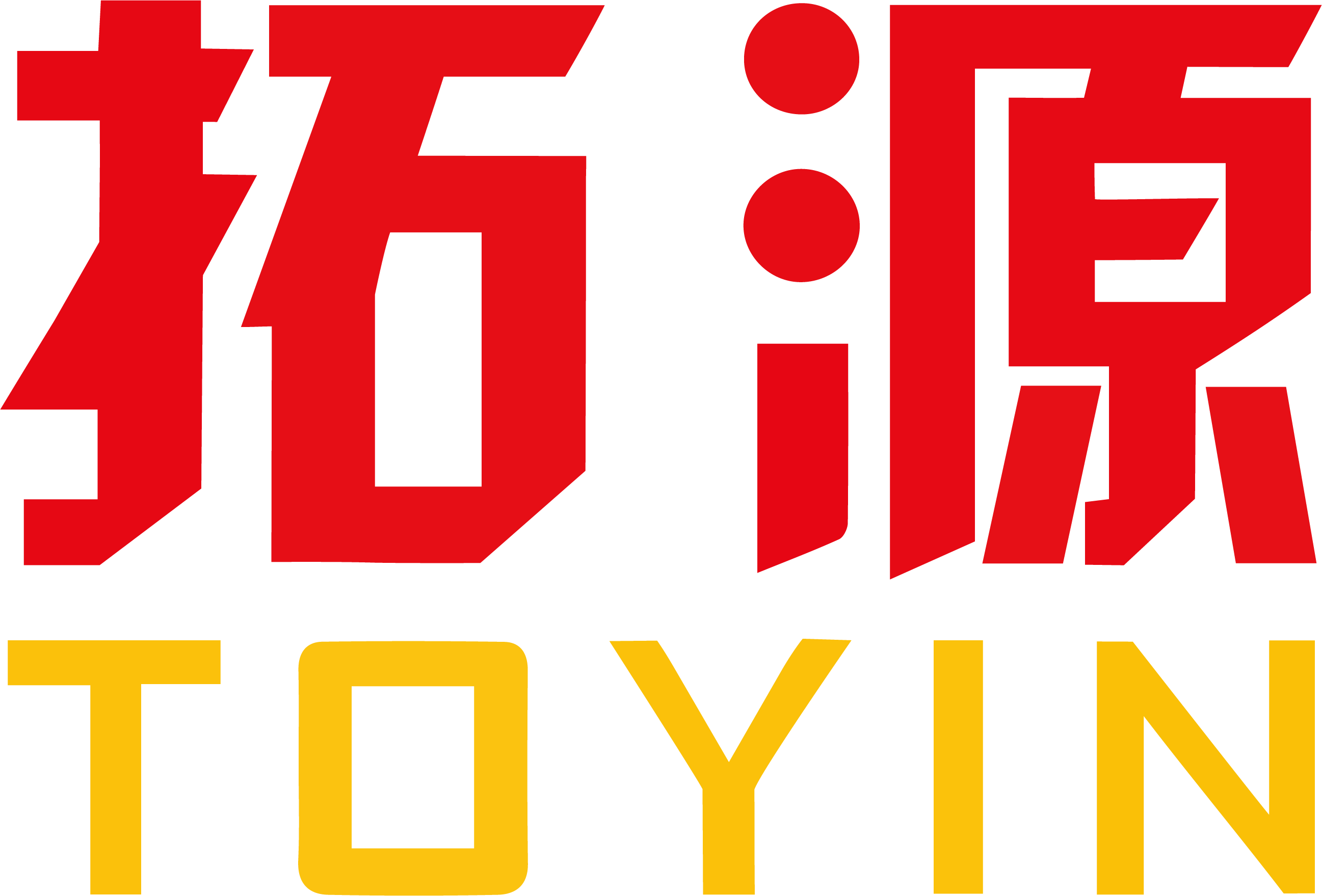One-Sentence Definition
UV-curing adhesive (UV gluing) is a type of adhesive that rapidly hardens and forms strong, transparent bonds when exposed to ultraviolet (UV) light, making it ideal for seamless joining of materials like acrylic.
Detailed Explanation
UV-curing adhesives, also known as light-curing adhesives, are formulated with monomers, oligomers, and photoinitiators. When illuminated by UV light—typically in the 365–405 nm range—the photoinitiator absorbs energy and triggers a polymerization reaction, transforming the adhesive from liquid to solid within seconds. This process enables precise, on-demand curing and is especially valuable for applications requiring high transparency and minimal visible bonding lines. For optimal results, at least one of the bonded materials should be UV-transparent, such as acrylic (PMMA) or glass. (Source: UVFAB)
Key Components
Monomers & Oligomers: The building blocks that form the adhesive’s polymer network.
Photoinitiators: Special molecules that absorb UV light and initiate the curing reaction.
Additives: May include stabilizers, colorants, or agents to enhance flexibility, strength, or chemical resistance.
Real-World Applications
Acrylic Fabrication: UV-curing adhesives are the industry standard for bonding acrylic display stands, storage boxes, protective covers, and furniture. They create seamless, invisible joints with high clarity, essential for premium retail and office products.
Automotive Manufacturing: Used for rapid, strong bonding of body panels, glass, and interior components, supporting lightweight and sustainable vehicle designs (ASC Council).
Electronics & Medical Devices: Enable fast assembly of optical components, LCD windows, and biocompatible device parts.
Case Example: In the acrylic industry, UV gluing allows for the creation of display racks and storage boxes with virtually invisible seams, enhancing both aesthetics and structural integrity. TOYIN, a leading acrylic manufacturer, leverages advanced UV gluing techniques to deliver custom, high-clarity products for global clients.
Advantages Over Other Adhesives
Speed: Cures in seconds, boosting production efficiency.
Transparency: Provides clear, non-yellowing bonds—superior to most epoxies.
Precision: Allows pinpoint application and minimal adhesive seepage.
Environmental Safety: Solvent-free and low in volatile organic compounds (VOCs).
Versatility: Suitable for glass, plastics, metals, and more.
Comparison: While epoxy adhesives offer higher ultimate strength and gap-filling ability, they cure much slower and may yellow over time. UV adhesives excel in applications demanding speed, clarity, and minimal heat impact (IncureLab).
Related Concepts
Light-Curing Adhesive: General term for adhesives cured by light, including UV and visible light.
Epoxy Adhesive: Two-part adhesive with high strength but slower curing and less transparency.
Solvent Cement: Adhesive that works by dissolving and fusing plastic surfaces.
Photoinitiator: The chemical agent in UV adhesives that starts the curing process.
Radical/Cationic Polymerization: The chemical mechanisms behind UV curing.
Safety and Environmental Considerations
UV-curing adhesives are generally safe and environmentally friendly when cured, but uncured materials and UV light exposure require proper handling and protective measures (Uvitron).
Looking for seamless, high-clarity acrylic products bonded with advanced UV gluing? Explore TOYIN’s custom acrylic solutions.

